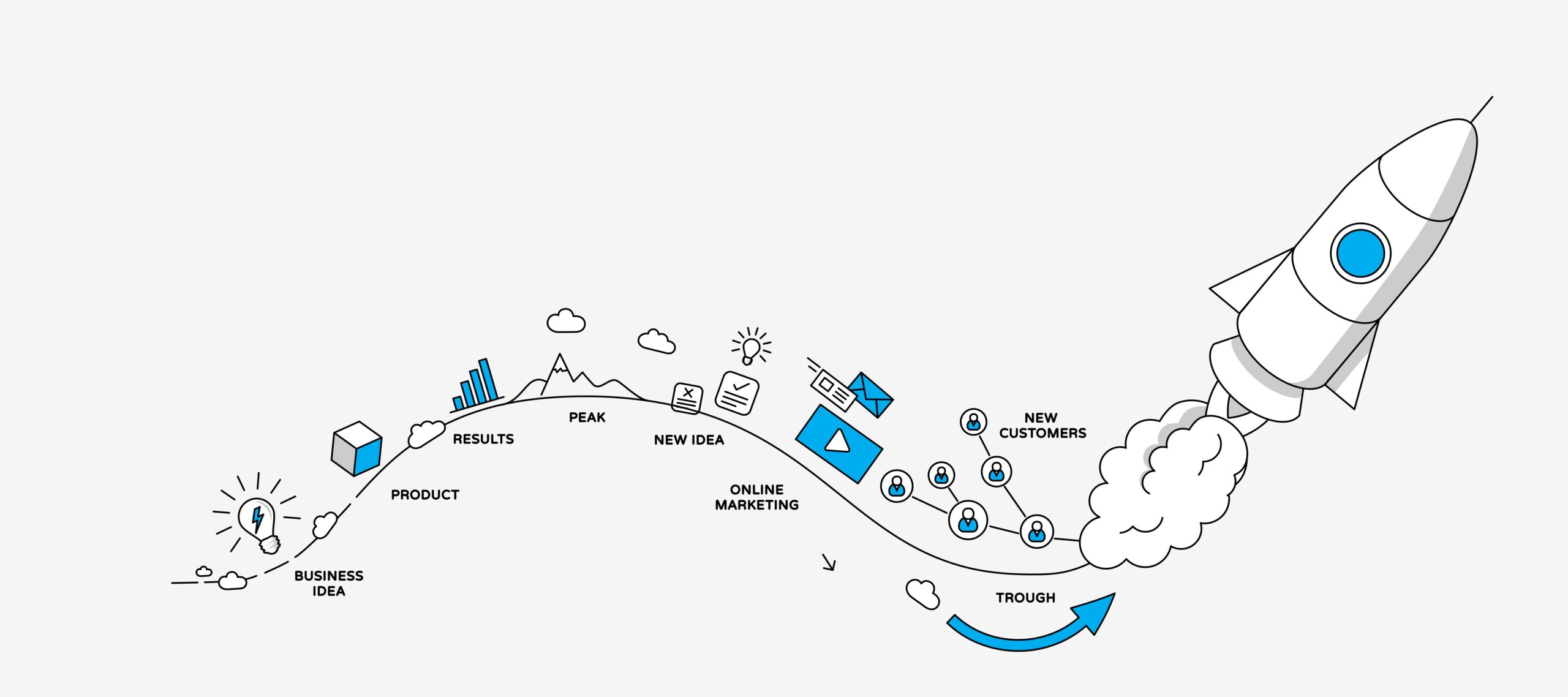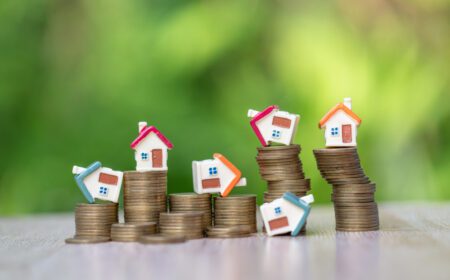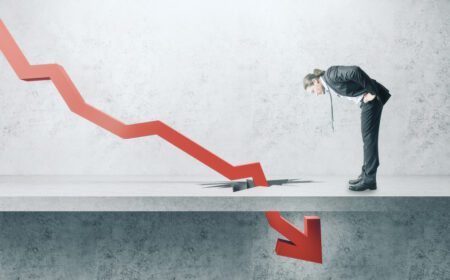Business cycle

Business cycles are intervals of expansion followed by recession in economic activity. These movements affect individuals and private institutions. Business cycles are measured using macroeconomic indicators, such as Real GDP (Gross Domestic Production).
These are the elements of a business cycle:
1. Expansion
This is the growth stage where it is possible to observe an increase in general indicators, such as employment, wage, GDP and supply and demand of goods and services. Usually this stage exhibits large investment activity.
2. Peak
Peak is the saturation point when the maximum limit of growth is reached. No growth is possible beyond this point. Prices have hit their peak and beyond this point it is possible to observe a reversal in aggregate economic activity.
3. Recession
Recession begins with a decrease in demand for goods and services, which, in turn, puts a downward pressure on prices, as a result wages tend to decrease. Alternatively, employers chose to let go of staff to decrease costs. All general economic indicators are in decline: wages, GDP, employment, supply and demand.
4. Depression
Following the rapid deterioration of economic well being, it is possible to observe depression. The growth of the economy falls below the growth line.
5. Trough
During depression the growth rate of the economy is negative, thus in this stage the recession has dropped to its lowest point, forcing a reversal. At this point, there is extensive depletion of national income and expenditure.
6. Recovery
Following the trough, the economy begins to recover, displaying signs of growth. The prices begin to increase, thus increasing wages and GDP. As people and companies have more disposable income, investment increases.
Following the sixth stage, the economy returns to the first stage again.









